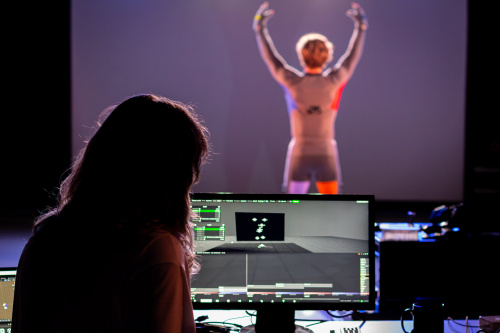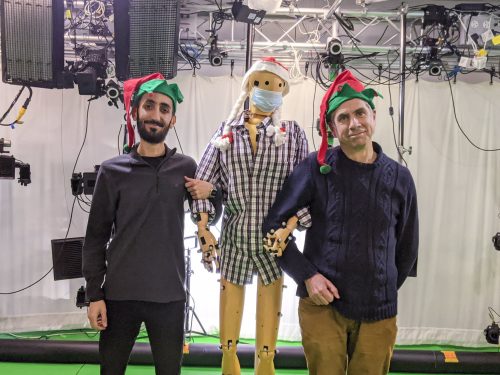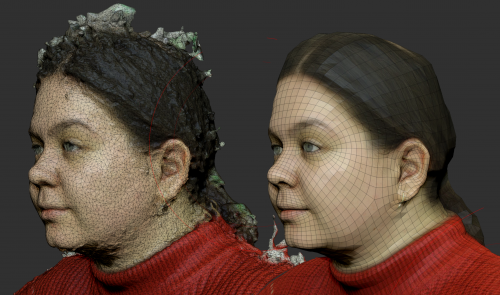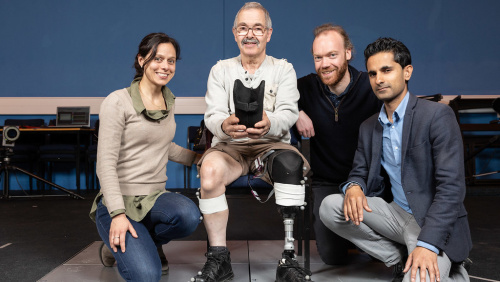Motion Capture and Animation Research at CAMERA: From Digital Humans to Digital Dogs
News
Centre Director, Prof Darren Cosker discusses his research and the work at CAMERA in this Departmental Seminar.
Abstract
The last few years have seen exciting developments in the area of digital humans. This includes impressive real-time character animation driven by motion capture, high-end digital characters in movies, facial re-enactment and deep-fakes, or methods to create digital human models from photographs. However, there is still a great deal of work left to do to achieve truly convincing humans, or the ability to create convincing characters which are not ‘one-off’ results taking months of effort.
In this talk I will cover work in this area by my team in CAMERA including the development of production work flows for creating and animating digital humans. These work flows have been used within our centre to carry out a number of successful commercial projects involving virtual humans – an activity somewhat unique for a university research laboratory. These projects include the first video game by Aardman Animation (on XBox, PS4 and Steam) and project with Satore Studios which recently won best immersive experience at the Raindance Festival (debuting at Cannes). Along the way I will also talk about projects involving digital characters with DNEG, Cubic Motion and The Imaginarium.
However, digital characters are not confined to humans. I will also therefore talk about work our team has done recently on digitising and motion capturing canines – both with marker based systems and markerless using RGBD cameras. This includes the most accurate statistical canine model available to the community as well as a first of it’s kind motion capture resource.
The pursuit of realism in digital characters – as well as tools to allow efficient workflows – are still far from solved. Added to that the challenges beyond humans – the animal kingdom – and it is safe to say that we can expect many exciting advances over the coming decade. I will end the talk by sharing some thoughts on future problem areas.












